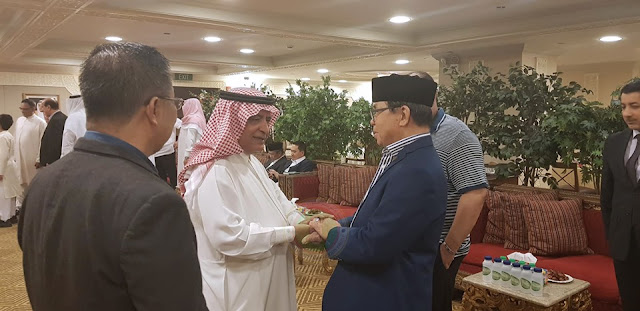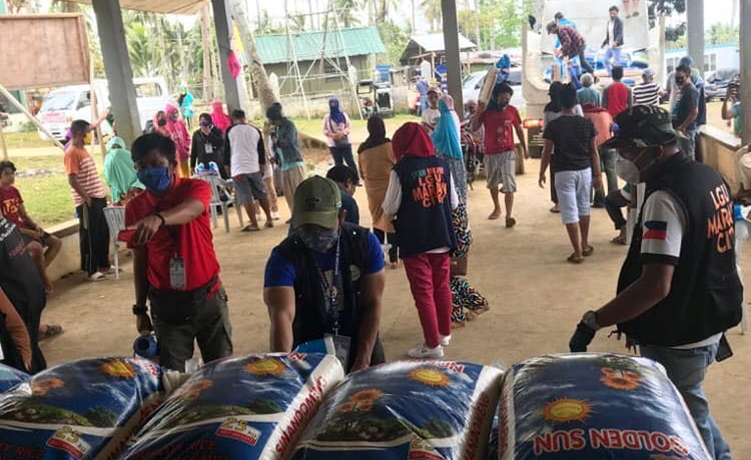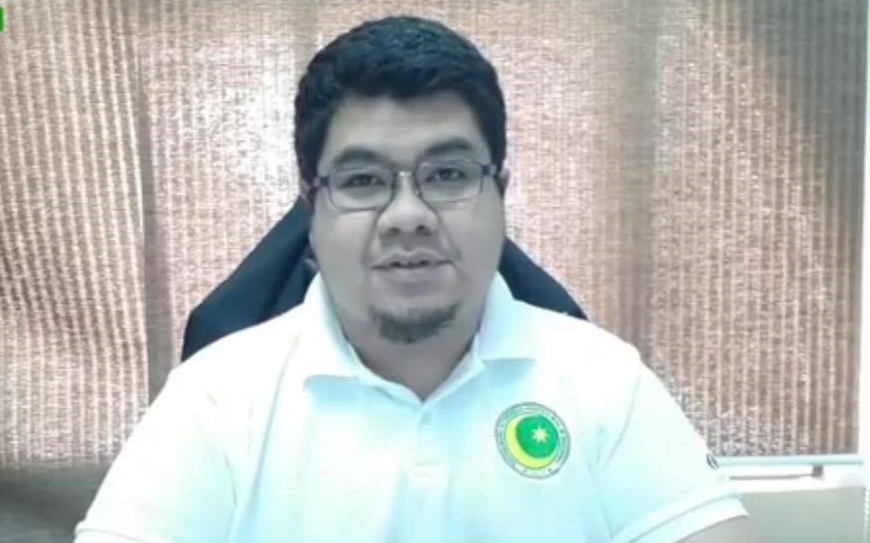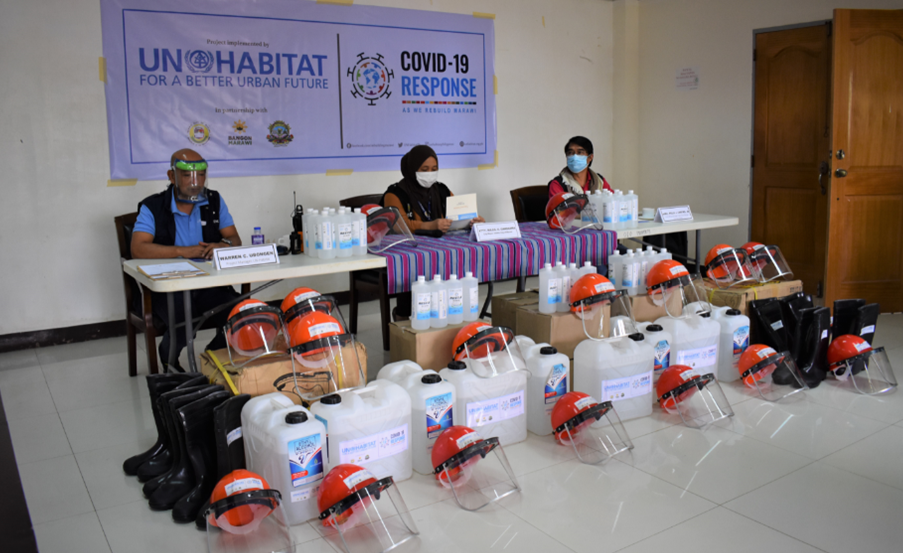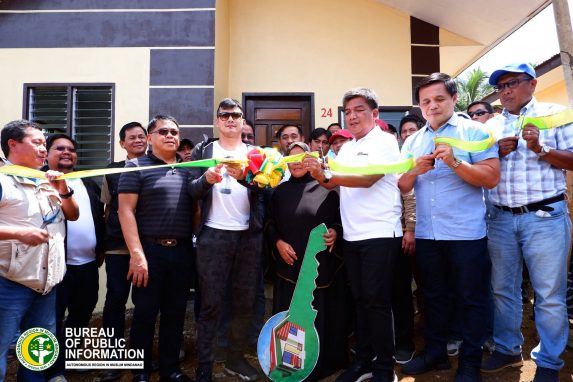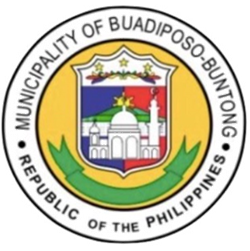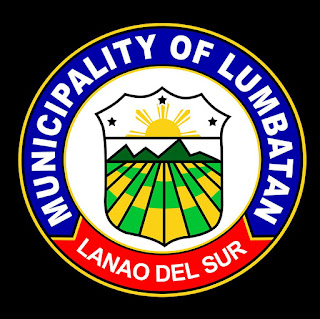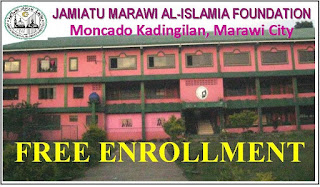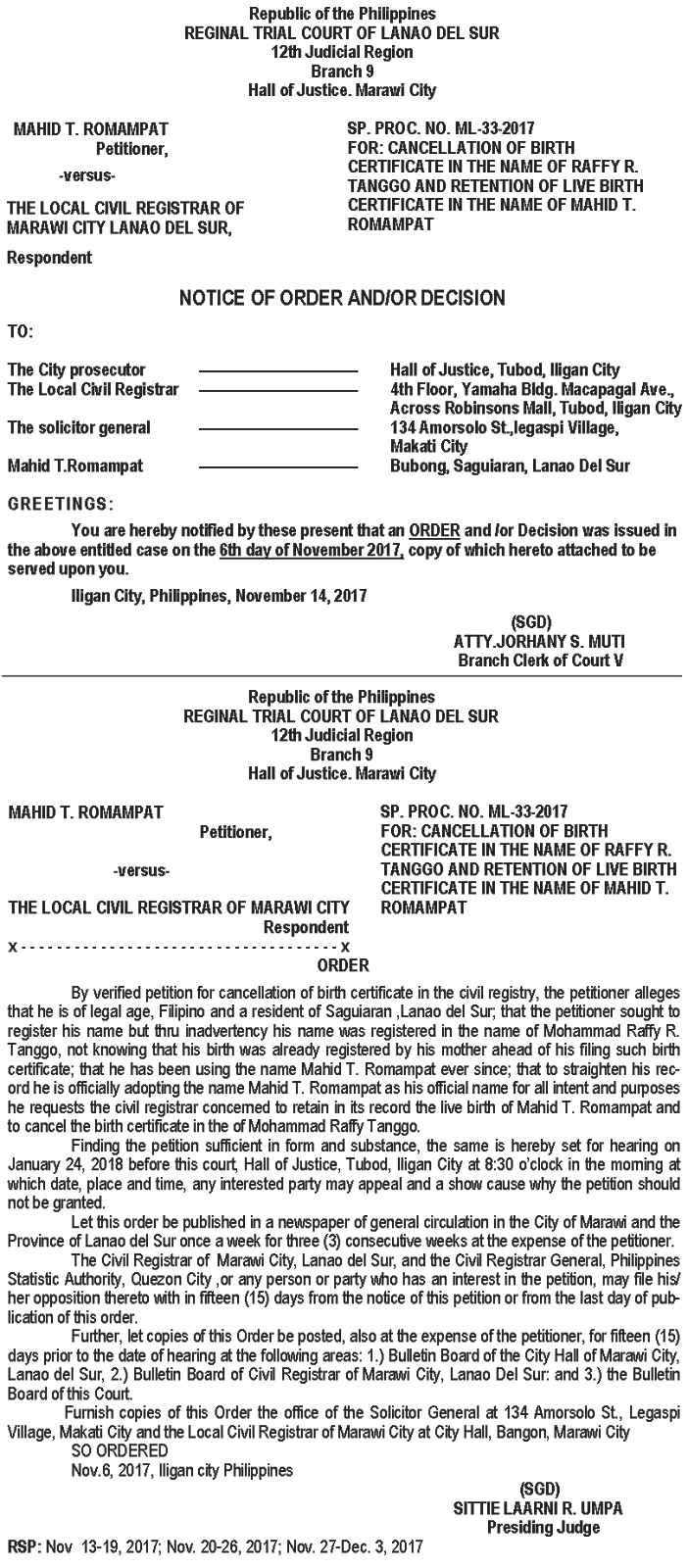Ramadan no longer the way it used to be in Marawi
May 3, 2019
On Monday, May 6, 2019, Muslim Filipinos will join the more than one billion Muslims all over the world to observe the Holy Month of Ramadan. But to thousands of Marawi displaced Muslims, Ramadan has never been the same the way it used to be after their homeland was shattered and devastated by the Marawi Siege of 2017.
For the third time in three years, they will spend again the Holy Month in tents and shanties. But TFBM, the government lead agency in rebuilding the siege city of Marawi, is still too slow in completing its biometric validation of the identity of the real victims, therefore, too slow for them to return to their ruined homes.
The president’s sudden announcement, however, caught the Maranaos in shock for it runs contrary to what he had always been saying in two years that he would bring back the city to its former grandeur before it was devastated and that the government had set aside a budget for the rehabilitation.
Former Assemblyman Zia ul-Haq Adiong of the defunct Autonomous Region in Muslim Mindanao (ARMM) who became a member of the Bangsamoro Transition Authority (BTA) until June 30, 2019, feared the president's statement might somehow ignite violence from the Muslim youth.
Adiong, former spokesperson of Lanao del Sur Marawi crisis management committee, warned that leaving the rehabilitation of the war-torn city in the hands of rich businessmen and affluent residents may reinforce violent extremism among the region's youth.
 |
| A young Maranao lady is hoping to find something of value in the debris of the houses hit by aerial and artillery bombs at the height of the Marawi Siege which started May 23, 2017, and lasted for five months. (MNY) |
Duterte told the media that this was the only way for Marawi to be rebuilt despite his previous promises that the government would fully restore the once prosperous Islamic city in the southern Philippines.
On his part, the head of Task Force Bangon Marawi (TFBM) was quick to say on Tuesday, April 30, 2019, that some politicians are capitalizing on the President's supposed rejection of using government funds for the rehabilitation of Marawi.
The President only meant that the government will not provide assistance for the construction of businessmen's "personal houses and buildings", said Housing and Urban Development Coordinating Council chairman Eduardo Del Rosario, TFBM chairman.
"The statement might be misconstrued... But the reality is (government) will continue the rehabilitation. The government will provide house and lots to those informal settler families," he added.
In February, the Department of Finance (DoF) said the government has so far raised nearly P42 billion for the rehabilitation, representing two-thirds of the amount needed to rebuild the war-torn city.
In a statement, DOF said it now has P41.81 billion for the Bangon Marawi Comprehensive Recovery and Rehabilitation Program, although this was still short of the P67.99-billion budget the government expects to spend for its five-year implementation.
On Thursday, May 23, 2019, will be the second anniversary of the 2017 Marawi Siege that has engulfed the once lively and progressive city leaving it still in ruins and thousands of displaced families still suffering in tents and temporary shelters with relief supplies decreasing every day.
The world might have already forgotten it and some might have thought that after two years, the sons and daughters of Marawi had already been conditioned to gradually accept as natural and normal the consequence of the tragedy and live along with it, but Marawi will never forget the tragedy.
Even then, the scars left by the siege will remain forever a mark, always reminding it ever since the Maranaos were conceived as a people -- how their lives, homes, and property were shattered and destroyed, even lost.
Estimates said that between one and two thousand people were killed, and property looted or destroyed amounted to several billion dollars.
This is their real world in Marawi today that the outside world might not have known exactly.
Spending Ramadan in Shanties
On Monday, May 6, 2019, Muslim Filipinos will join the more than one billion Muslims all over the world to observe the Holy Month of Ramadan. But to thousands of Marawi displaced Muslims, Ramadan has never been the same the way it used to be after their homeland was shattered and devastated by the Marawi Siege of 2017.
For the third time in three years, they will spend again the Holy Month in tents and shanties. But TFBM, the government lead agency in rebuilding the siege city of Marawi, is still too slow in completing its biometric validation of the identity of the real victims, therefore, too slow for them to return to their ruined homes. (Read: Thousands of Muslims will spend Ramadan in tents in Marawi)
One Marawi displaced resident has resorted to social media to publicly sought Heaven's intervention for the disorder conduct of the Kathanor. Alvin Sampaco Ali, son of the late Marawi City Mayor Sultan Bato Ali, the legendary Sultan of Lanao, turned to God when he was left out during the "Kathanor."
"Diyos na bahala sa kanila," (God will take care of them) Ali said after falling in line for more than half a day but was not accomodated due to the very slow pace and disorderly conduct of the profiling by the government personnel concerned. He added, "It was not really 'kathanor' but 'kazambolgaw' (disorderly conduct.)"
In Barangay (Village) of Luksadatu, on Monday, May 2, 2019, the chairwoman even wished to ask 8888's help on how Marawians could orderly avail of the Biometric profiling after a trouble had arisen in the conduct of the profiling.
Chairwoman SittieNor Mamoransing said the trouble happened when the personnel working for the Kathanor profiling of residents of Luksadatu approved a person who is not really from the barangay.
Others blame the politicians for remaining silent in the 'Kathanor." According to one victim who wished not to be identified, if only the local government officials push their way in behalf of the displaced residents, the government will listen to them and will not impose what the locals believe unnecessary and may avoid the delay.
"Kathanor" is a Maranao term which means 'to make orderly', is the biometrics-based profiling of Marawi internally displaced persons (IDPs) aimed to determine the real identity of legitimate evacuees. The data obtained from "Kathanor" is the basis of government and humanitarian agencies to extend assistance to the evacuees.
While the government still maintains it is on track in rebuilding Marawi and still on time in its timetable for the future of the victims displaced by the siege, complaints of delay and indifference towards the evacuees sufferings are mounting especially in social media platforms.
Marawi used to be a thriving city
Before the siege, Marawi was a thriving capital city of the province of Lanao del Sur of about 400,000 residents. Its people are called the Maranaos and speak the Maranao language. They are named after the Maranao term 'Ranao' which means 'Lake' in English upon whose shores Marawi lies.
When the Americans came, they continued the campaign against Maranaos. As the place flourished as a trading hub, non-Maranaos, mostly Chinese and Christian families, were invited to settle in the area.
In 1907, Dansalan was officially created as a municipality under the Moro Province Legislative Council. It was declared as the capital of then Lanao province.
Following Commonwealth Act No. 592 in 1940, Dansalan was converted into city. It was the last city chartered under the Commonwealth of the Philippines.
Marawi still a ghost town
“From what I saw, there has hardly been any change at ground zero. The houses, commercial establishments, government offices, mosques remain in rubbles,” Tañada said.
He asked: “Where are the billions of pesos in rehabilitation funds allocated to rebuild Marawi?”
He said that as of April 2018, the government had released about P5.2 billion for rehabilitation efforts of the once commercial and cultural capital.
Tañada's observation was just among the many expressed by others who had seen personally the situation.
As of this posting, Ground Zero or what is also called the Most Affected Area (MAA) still remains a "no man's land" and the rehabilitation allegedly started by the Task Force Bangon Marawi (TFBM) is hardly felt by the internally displaced persons (IDPs).
Del Rosario blamed
Local civil society groups and traditional leaders blame the displaced residents’ prolonged agony in the evacuation centers on the government’s slow response for the reconstruction of Marawi.
The five-month siege of Marawi, launched on May 23, 2017, by the Maute and Abu Sayyaf bandits who had pledged allegiance to the Islamic State jihadi group in Iraq and Syria, uprooted at least 360,000 residents of the city.
And as of March 2019, around 70,000 people from 12,768 families continue to suffer in squalid evacuation centers, transitional shelters, or in staying with relatives elsewhere.
It took Task Force Bangon Marawi (TFBM), the group organized to handle the reconstruction, more than a year since the Marawi liberation on October 17, 2017, to break ground for the gargantuan job of rebuilding the main battle zone.
And almost 18 months after liberation, the area, with 24 villages and spanning 250 hectares, remains a sorry, horrific sight.
The displaced families are now putting the blame on retired general Eduardo del Rosario, TFBM chair, accusing him of incompetence and insensitivity. And they demanded his resignation.
When the media reported the demand for del Rosario's resignation, however, TFBM immediately released the long-overdue P53,000 for each displaced family in the MAA with an additional amount of P20,000 from the Department of Social Welfare and Development (DSWD) that made it P73,000 in all.
It is believed the snowballing demand for del Rosario's resignation has fast-tracked the release of P73,000 to each displaced person who passed the biometric process undertaken by TFBM to validate the IDP identity.
The process was burdensome but at least the amount released has eased a little the suffering of the evacuees.




